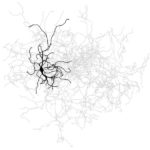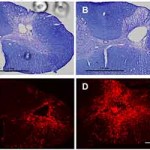Tag Archives:Parkinson’s
Taking medicines the right way: what do people with Parkinson’s do?
Parkinson disease: a tale of three neurotransmitters
Is Metformin a new risk factor for Parkinson`s disease?
The “other” concussion: spinal cord concussion
Parkinsonism Hyperpyrexia Syndrome and Deep Brain Stimulation
Stem cell therapy for Parkinson’s disease
The binding of mGluR4 targeting drugs could help the finding novel treatments for PD
One of the key features of drugs is an ability to find the corresponding target molecule (eg. protein) from the body. The target protein has unique structural sites that could be loaded with specific chemicals (drugs). The
New effective treatments for Alzheimer and Parkinson’s disease
Uncovering mechanisms underlying Parkinson’s disease pathology
Parkinson’s Disease (PD) is a severely debilitating motor disorder characterized by loss of dopaminergic neurons and an increase of α-synuclein in a brain region known as the substantia nigra pars compacta (SNpc). Although much progress has been














